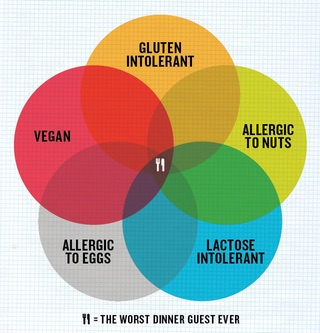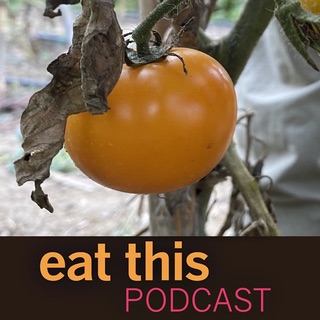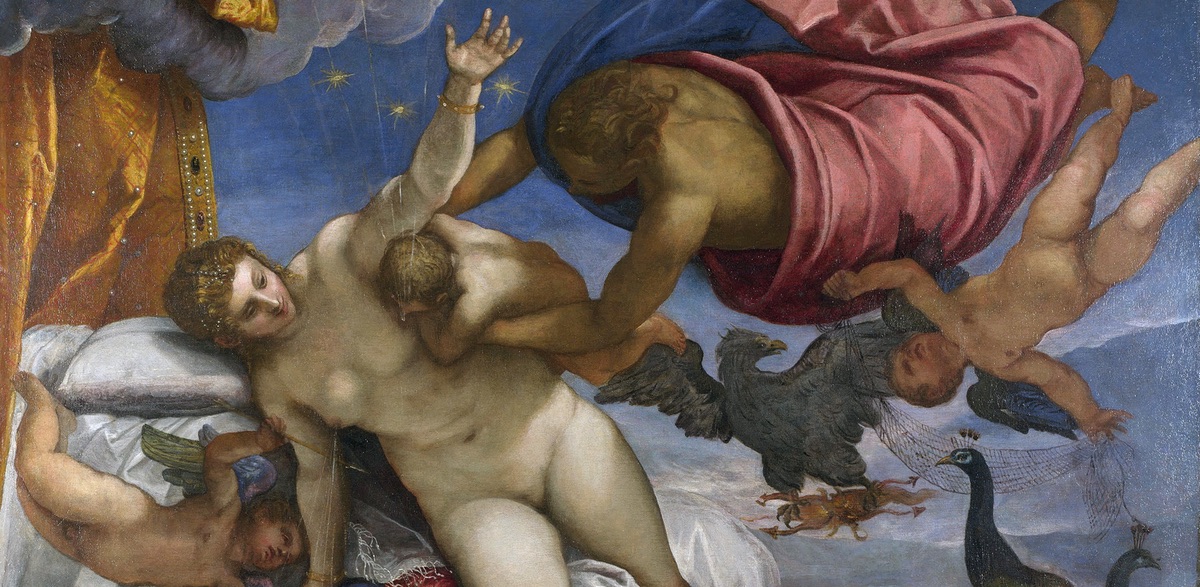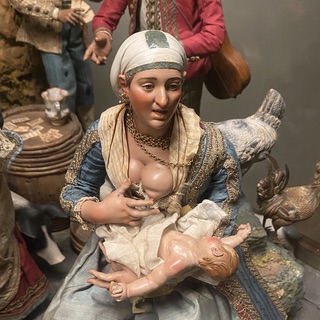
Podcast: Play in new window | Download (Duration: 23:35 — 21.7MB)
Subscribe: Google Podcasts | Spotify | Android | RSS | More

 World Philosophy Day happens later this week, which makes it a good time to be asking what constitutes good behaviour in a host and, equally, in a guest. I’m prompted by a recent article that took the rise in food allergies and intolerances as a starting point to ask how a host should act when faced with a guest whose professed allergies seem a tad suspect. Is it OK to ignore guest requests as snowflake signifiers? What should guests do when faced with intolerable food that they failed to inform their host about? In a perfect world, hosts and guests would accommodate one another’s needs; the world, however, is not perfect.
World Philosophy Day happens later this week, which makes it a good time to be asking what constitutes good behaviour in a host and, equally, in a guest. I’m prompted by a recent article that took the rise in food allergies and intolerances as a starting point to ask how a host should act when faced with a guest whose professed allergies seem a tad suspect. Is it OK to ignore guest requests as snowflake signifiers? What should guests do when faced with intolerable food that they failed to inform their host about? In a perfect world, hosts and guests would accommodate one another’s needs; the world, however, is not perfect.
Notes
- Megan A. Dean’s article The “Worst Dinner Guest Ever”: On “Gut Issues” and Epistemic Injustice at the Dinner Table appeared in Gastronomica 2022.
- The books Megan Dean mentioned were Elizabeth Telfer’s Food for Thought and Karen Stohr’s On Manners.
- Matthew Smith has an article in the same volume and has written about the rise in food allergies.
- There is, of course, a countervailing view to all this mutual respect of hosts and guests, the idea of dinner party as revenge. For an entertaining take on that, I recommend you start with Jesse Browner’s Shark Bait, also in Gastronomica.
- Here is the transcript.


 People, not least parents, have becomes concerned about the increasing proportion of obese and overweight children in wealthier countries. It has even been called an epidemic. Can biology and anthropology deepen our understanding of childhood feeding and suggest possible solutions? Tina Moffat certainly thinks so. She has studied how children are nourished in Japan, Nepal, France and her native Canada. Her book – Small Bites – rounds up the evidence and shares several important observations. Neophobia – trying very small quantities of novel foods until your body is certain they won’t harm you – is a behaviour common to all humans (and other omnivores). Picky eating, which terrifies parents in certain cultures, becomes entrenched by being rewarded. And school lunches demonstrate what society thinks makes a proper meal and the value it places on good childhood nutrition.
People, not least parents, have becomes concerned about the increasing proportion of obese and overweight children in wealthier countries. It has even been called an epidemic. Can biology and anthropology deepen our understanding of childhood feeding and suggest possible solutions? Tina Moffat certainly thinks so. She has studied how children are nourished in Japan, Nepal, France and her native Canada. Her book – Small Bites – rounds up the evidence and shares several important observations. Neophobia – trying very small quantities of novel foods until your body is certain they won’t harm you – is a behaviour common to all humans (and other omnivores). Picky eating, which terrifies parents in certain cultures, becomes entrenched by being rewarded. And school lunches demonstrate what society thinks makes a proper meal and the value it places on good childhood nutrition.
 Since the 1960s, European seed law could best be summarised as “everything not forbidden is compulsory”. There is a common catalogue of registered seed varieties, and only varieties on the list are on sale. With a flat fee for registration, only the most lucrative varieties are registered, which suits big seed companies and tomato growers, but meant that lots of varieties with more niche appeal — for home gardeners or small growers — vanished. The law is now being relaxed a little, allowing trade in seeds of “organic heterogeneous material”. Diversity, to you and me.
Since the 1960s, European seed law could best be summarised as “everything not forbidden is compulsory”. There is a common catalogue of registered seed varieties, and only varieties on the list are on sale. With a flat fee for registration, only the most lucrative varieties are registered, which suits big seed companies and tomato growers, but meant that lots of varieties with more niche appeal — for home gardeners or small growers — vanished. The law is now being relaxed a little, allowing trade in seeds of “organic heterogeneous material”. Diversity, to you and me.
 A wet nurse (for that is what Hera was in all tellings of the story) created the Milky Way when her divine milk sprayed across the heavens. Today’s nursing mothers are not so blessed. Although women have a legal right to breastfeed in public across the United States and the UK (and many other countries), there are plenty of individuals who seem to think that they have the right to tell them to stop, and plenty of new mothers who are intimidated enough not to try. Why? How can this most essential of food chains possibly be considered shameful? And then there are the women who would dearly love to breastfeed their infants, but cannot. In this episode, experts on infant feeding discuss the history and current status of mothers’ milk and its various substitutes.
A wet nurse (for that is what Hera was in all tellings of the story) created the Milky Way when her divine milk sprayed across the heavens. Today’s nursing mothers are not so blessed. Although women have a legal right to breastfeed in public across the United States and the UK (and many other countries), there are plenty of individuals who seem to think that they have the right to tell them to stop, and plenty of new mothers who are intimidated enough not to try. Why? How can this most essential of food chains possibly be considered shameful? And then there are the women who would dearly love to breastfeed their infants, but cannot. In this episode, experts on infant feeding discuss the history and current status of mothers’ milk and its various substitutes.